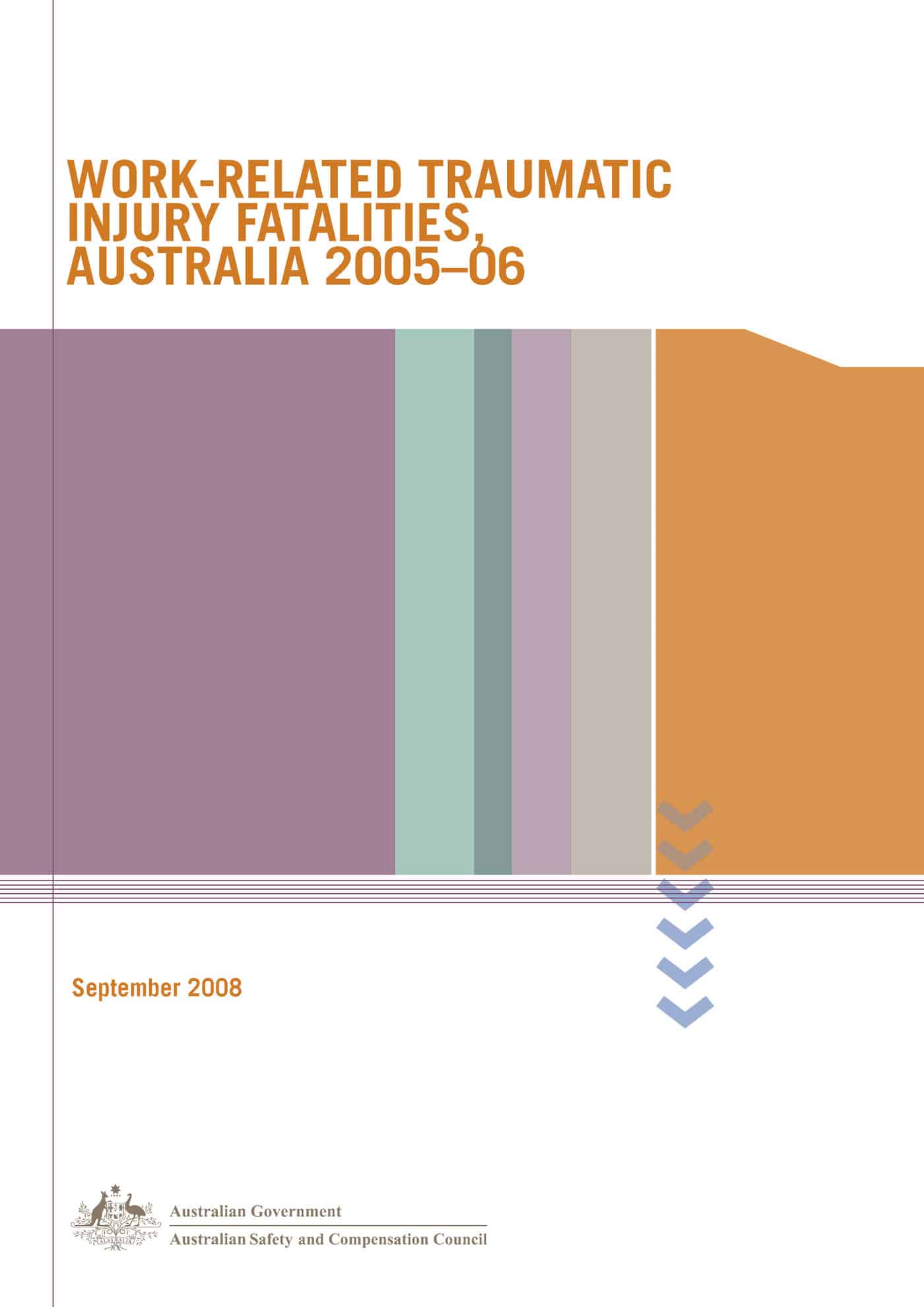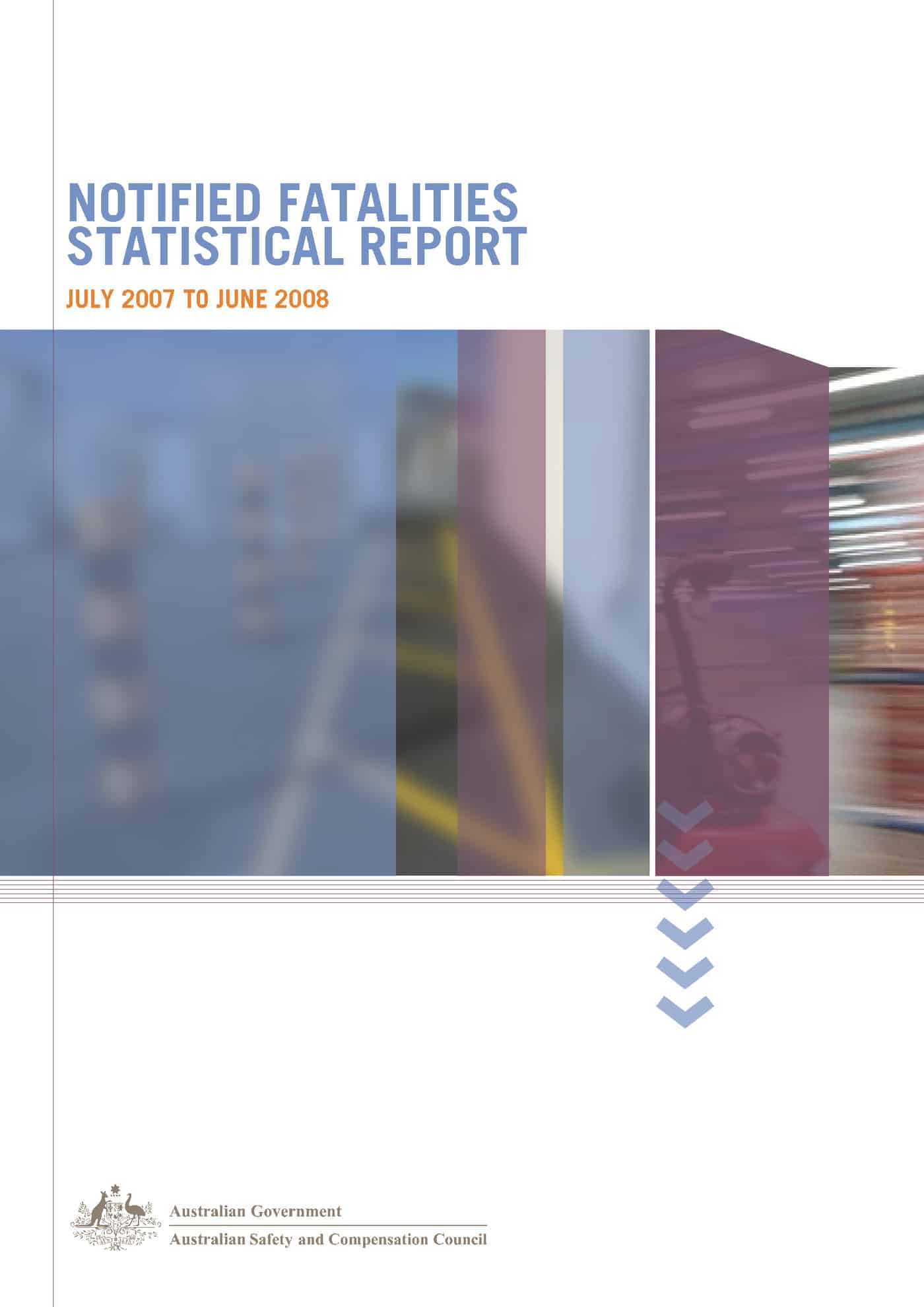Government OHS policies are, more often than not, based on statistics. The most common statistic is workers’ compensation claims as they are trackable and involve money. Another is fatality data.
Many countries have an obligation on employers to notify the proper authorities if a serious injury has occurred. We know that in some countries injuries and deaths are under-reported. In the legal, and illegal, coal mines in China, sometimes workplace deaths are actively disguised, ignored or denied.
Just this week, a Vietnam news service reported on the lack of injury reporting identified by the Ministry of Labour, Invalids and Social Affairs’ Labour Safety Department, in Vietnam.
The report says that “only 7,000 companies reported work-related accidents” for 2008 and that this equates to only 10 per cent of the reportable accidents. Using the mathematical calculation skills of SafetyAtWorkBlog (an Arts graduate) that means that over 60,000 workplace injuries are not being reported.
Earlier this year a more explanatory article appeared which estimated 500 deaths each year form workplace incidents.
Perhaps there is some hope that if the government is aware of the lack of reporting, it can accommodate this in its national programme on labour protection, safety and hygiene that aims for a reduction of at least 5% in work incidents by 2010.


